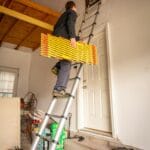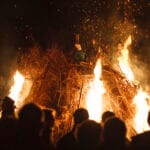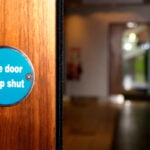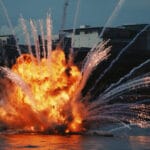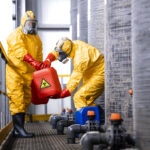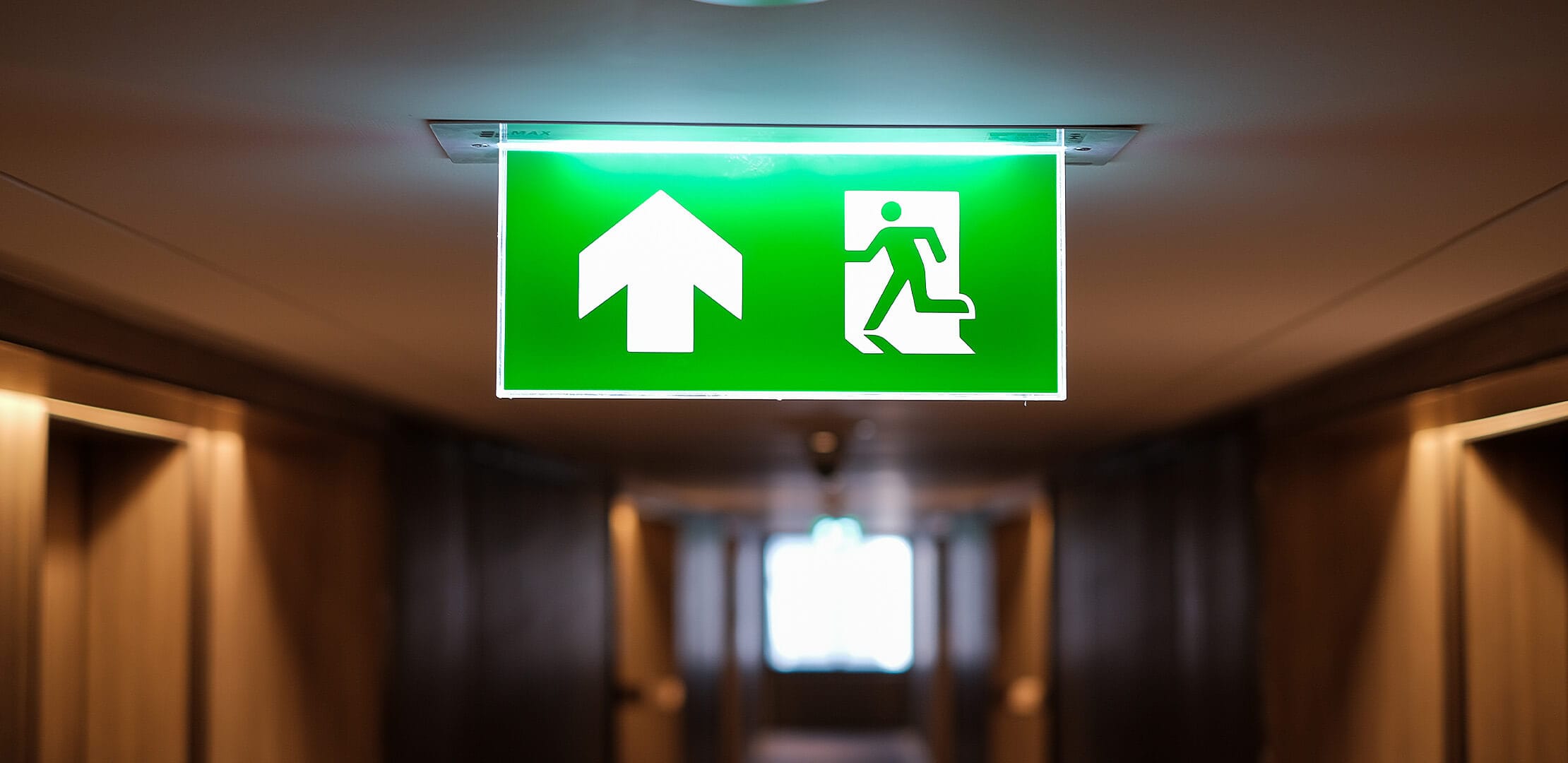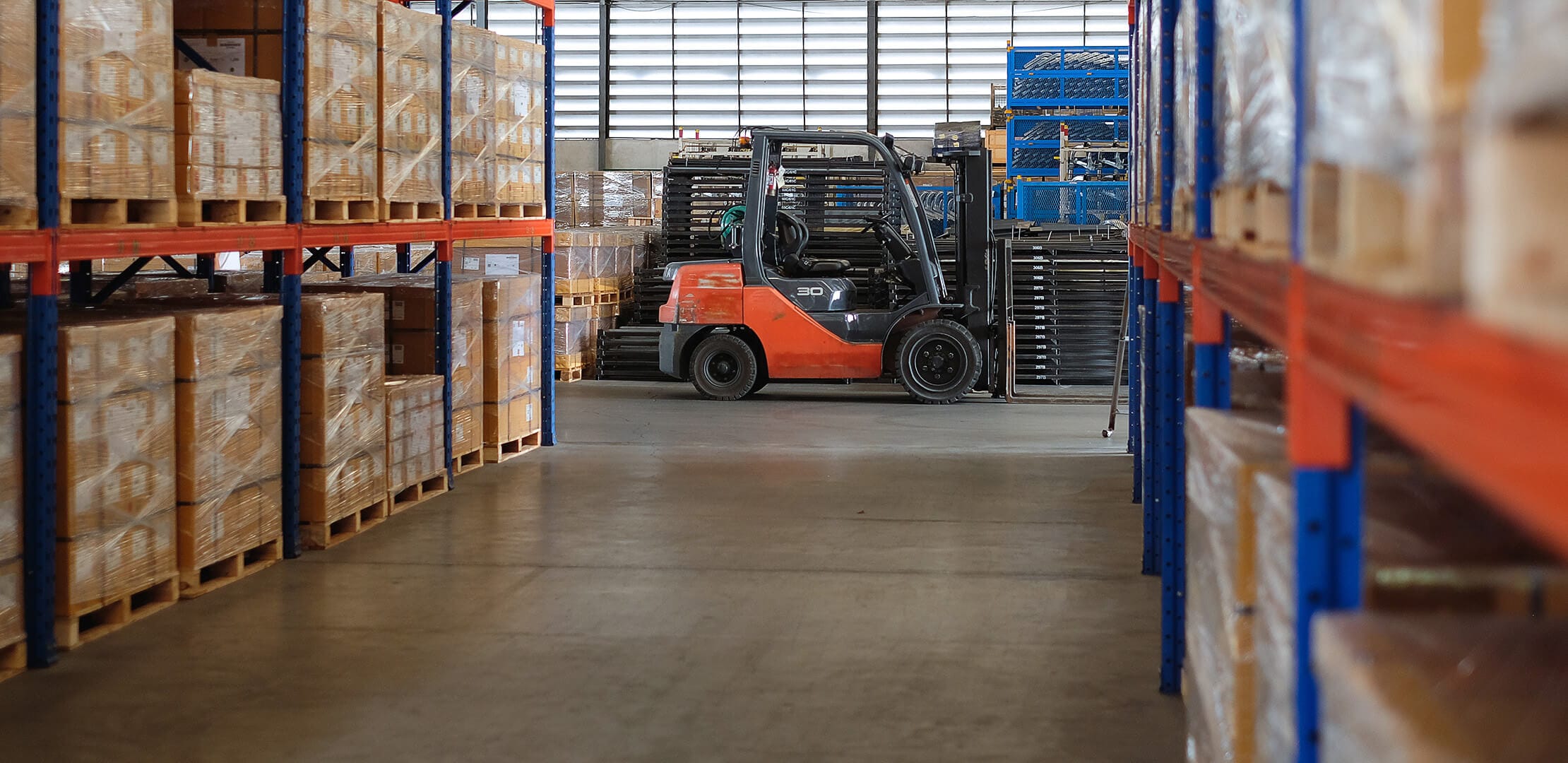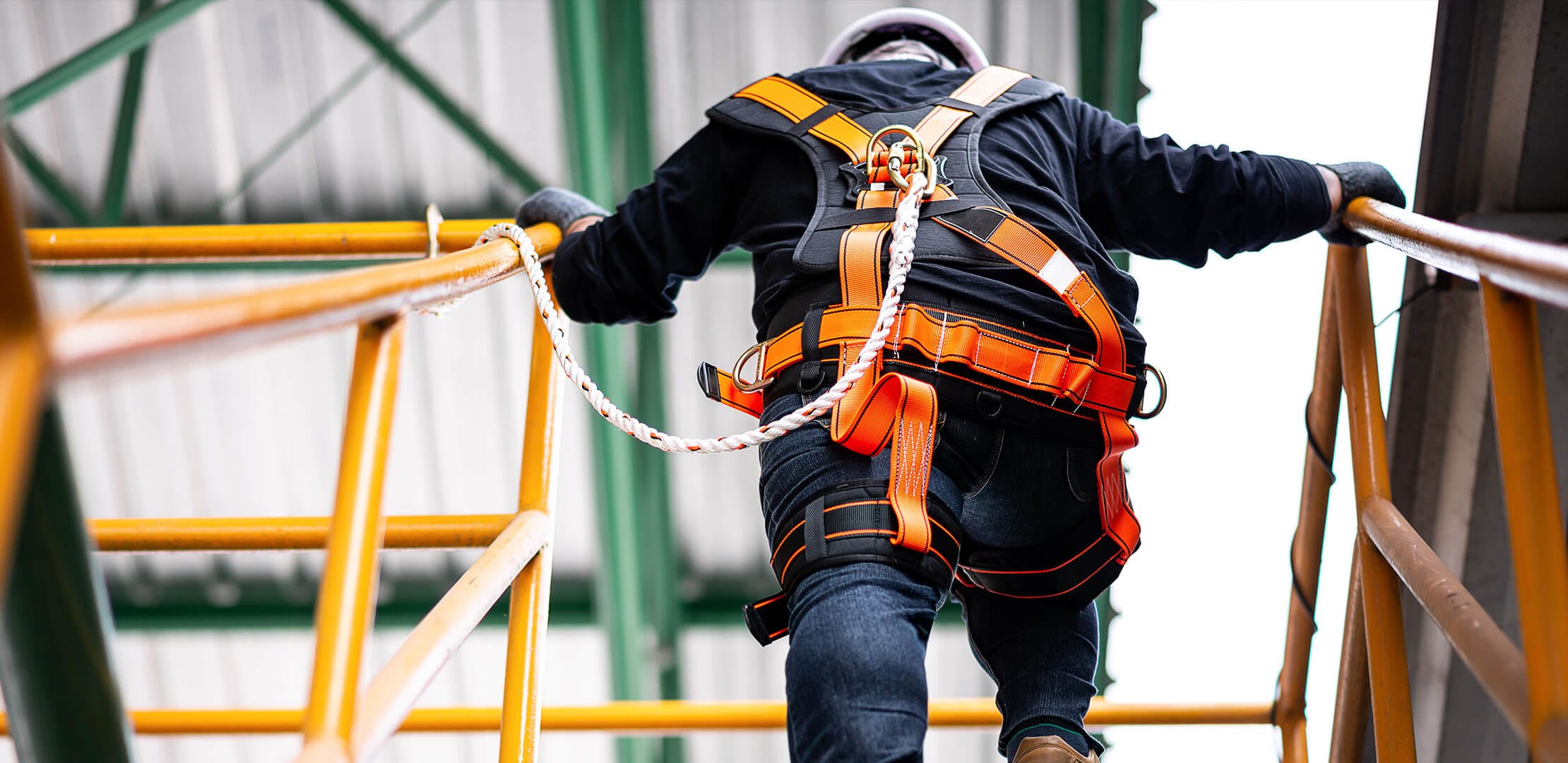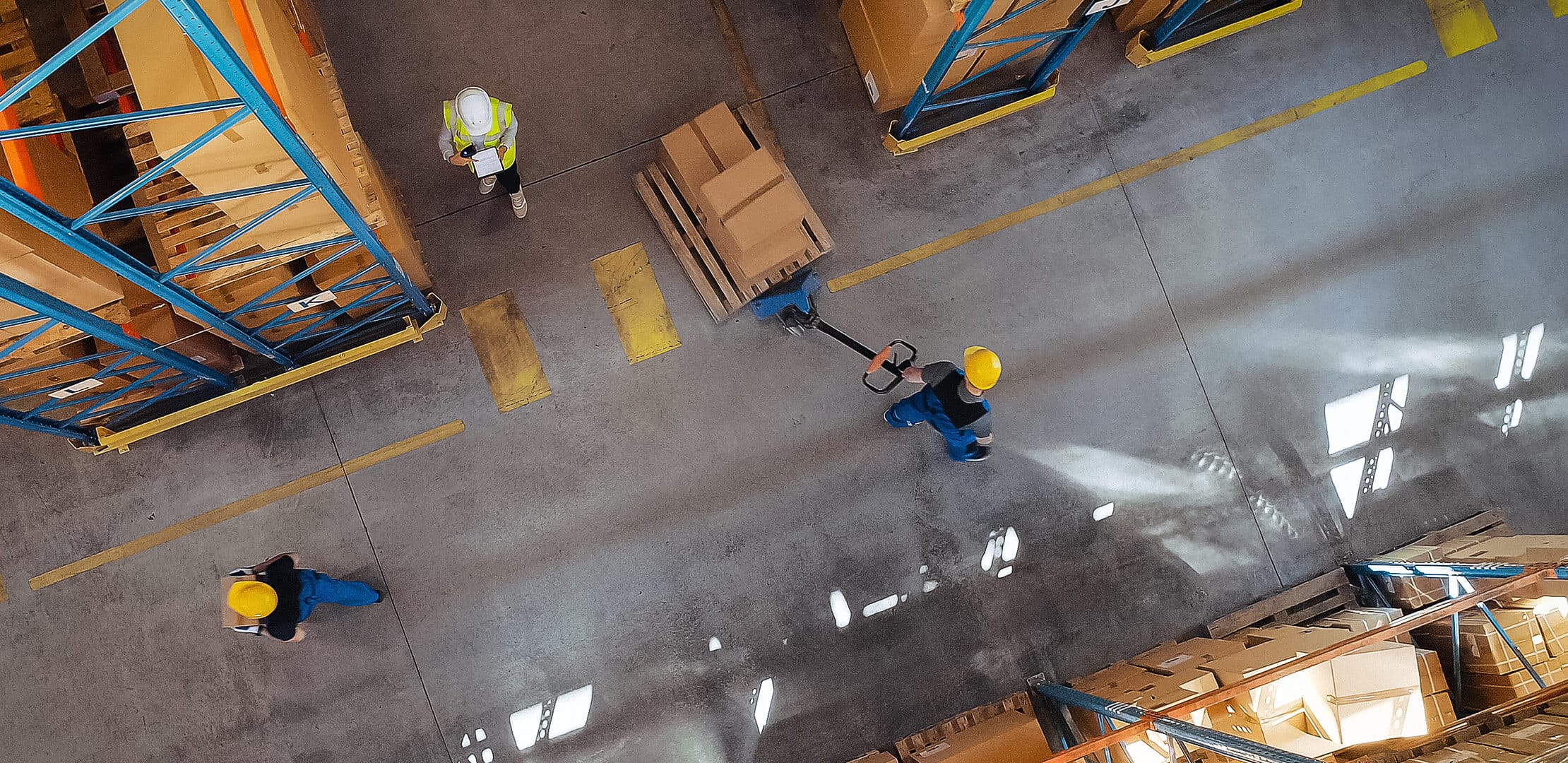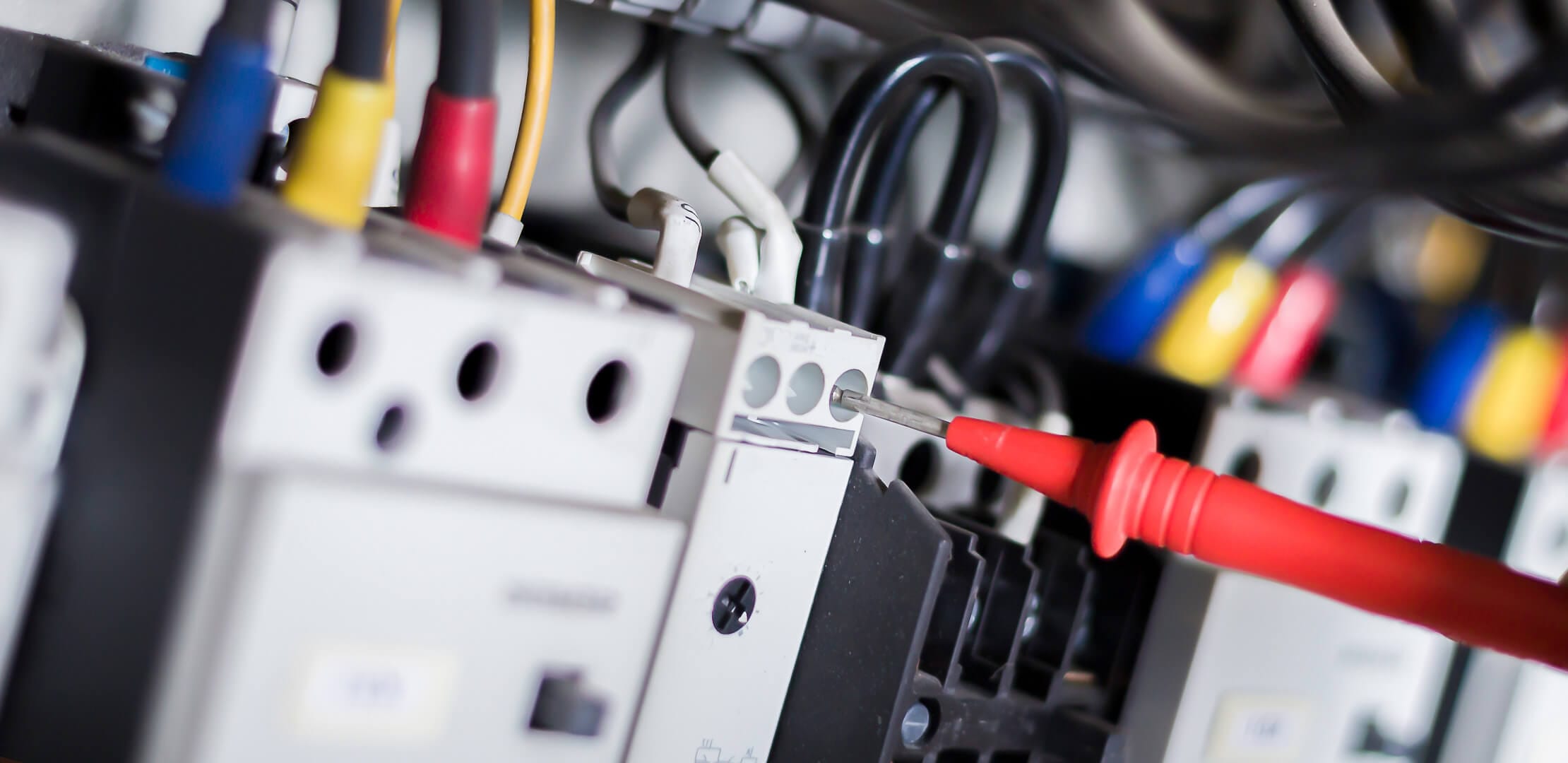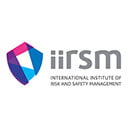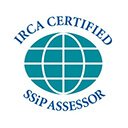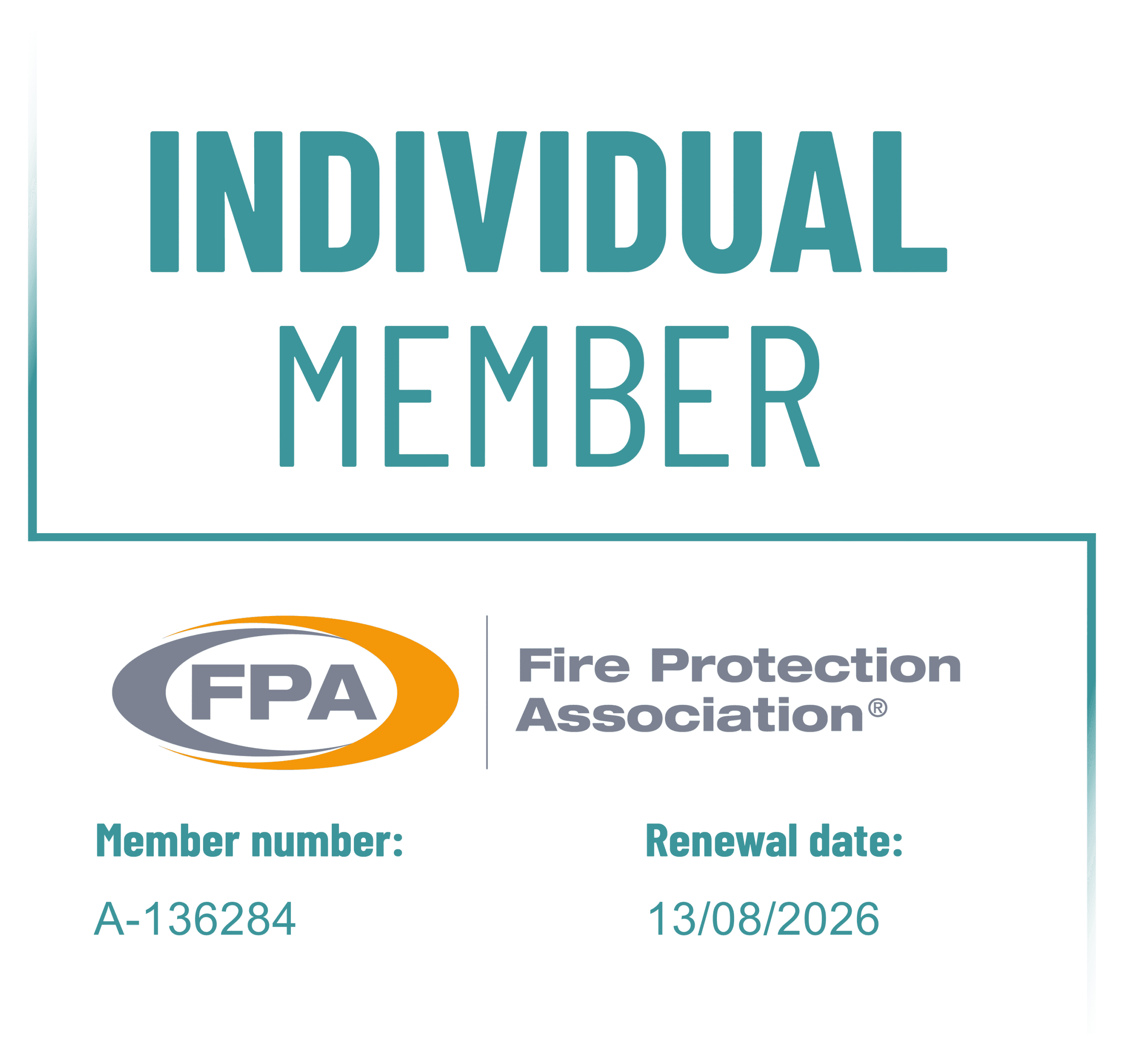How often should my fire detection system be serviced?
Under British Standard 5839, we inspect and service your fire alarm system bi-annually, testing all smoke, heat and multi-point detectors, call points and fire alarm control panels.
The fire alarm system in your building should be tested monthly (flick test) and annually (full discharge test), with the date logged in your premises fire log book, to ensure that it will operate correctly in the event of a fire. Where a fault may be identified, a competent, qualified engineer should address it as a matter of urgency.
Emergency Lighting
Emergency lighting is essential in buildings to ensure safe evacuation during emergencies. BS 5266-1 mandates that buildings must be adequately lit to aid escape and highlight firefighting or other safety equipment.
In the UK, it's legally required by Building Regulations and the Regulatory Reform (Fire Safety) Order 2005 for all business premises, including offices, factories, schools, hospitals, and entertainment venues, to have emergency escape lighting.
Given its importance in protecting occupants and identifying escape routes, emergency lighting must be regularly tested and maintained to function properly during power failures.
When do emergency lights activate?
An emergency lighting system is ordinarily activated automatically, and should provide adequate light to aid the safe exit of people from a building. The typical specification is for emergency lighting to remain on for three hours. It is important to carry out a full discharge test annually to ensure all luminaries remain in proper working condition.
Who Can Carry Out Emergency Light Testing?
By law, any ‘competent person’ can carry out emergency light testing. However, it is recommended that the competent person have the required training and knowledge to carry out the task. Stallard Kane can act as the competent person to ensure that your testing is carried out effectively and compliantly.
Are there different types of emergency escape lighting?
Yes. Emergency escape lighting systems comprise escape route lighting, open area lighting and high-risk task area lighting.
- Escape route lighting
Refers to the lighting provided as part of an emergency lighting system that enables identification of, and direction to means of safe exit from a building in the event of a power failure causing the usual lighting to fail. - Open area lighting
provides adequate illumination for occupants of the premises to reach a location where escape route lighting can be identified. - High-risk task area lighting
comprises any lights that provide operators sufficient illumination to conclude any potentially dangerous working process in a safe way before exiting the premises. High-risk task area lighting maximises the operator's and other occupants' safety in an emergency scenario.
If you are unsure, Stallard Kane will thoroughly assess the premises' emergency lighting requirements and provide detailed recommendations, along with a bespoke quotation.
How do I book or find out more information?
For more information or a no-obligation quote, call our Risk Solutions on 01427 420 404 or email risksolutions@skaltd.co.uk


